The Two Plantation Tour featuring Oak Alley Plantation offers visitors a unique opportunity to enjoy the antebellum South. While the grandeur of the Oak Alley mansion enthralls, the experience juxtaposes sharply with the harrowing realities of slavery uncovered at the nearby Whitney Plantation. With insightful guides and carefully curated exhibits, this tour provides a profound exploration of the complexities of plantation life and its enduring legacy. For those seeking a nuanced understanding of this pivotal era, the Two Plantation Tour promises an experience that is both enthralling and thought-provoking.
Good To Know
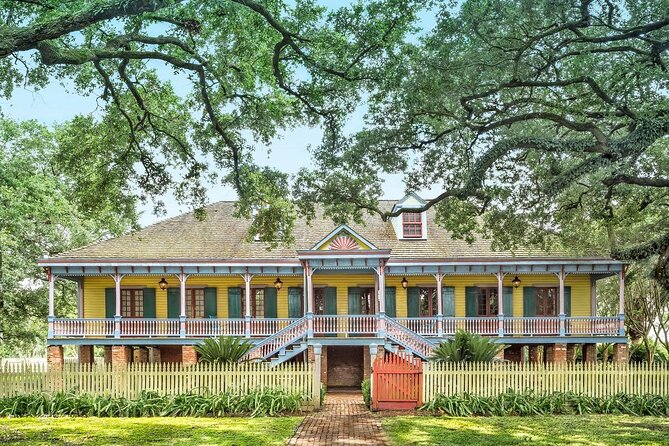
-
Oak Alley Plantation offers a romanticized view of antebellum life, providing insight into the grandeur of plantation owners but glossing over the harsh realities of slavery.
-
The guided tour of the lavish mansion and manicured grounds highlights the Creole heritage and agricultural practices, but lacks equal focus on the experiences of enslaved individuals.
-
While the 300-year-old live oak trees and beautifully preserved historic structures create a captivating atmosphere, the tour presents a limited perspective on the complexities of the antebellum South.
-
In contrast, the Whitney Plantation tour offers a powerful counterpoint by confronting the harsh realities of slavery, providing a more comprehensive understanding of the region’s history.
-
Combining a visit to Oak Alley with the Whitney Plantation tour allows for a more balanced exploration of the antebellum South, offering visitors a nuanced perspective on the realities of plantation life.
Tour Overview

The Oak Alley Plantation tour provides visitors an opportunity to experience life in the antebellum South.
It’s a day trip from New Orleans that includes visiting two plantations – Oak Alley and either Laura or Whitney.
At Oak Alley, you will learn about Creole history as they tour the mansion, gardens, and slave cottages.
The Whitney Plantation, in contrast, is dedicated to honoring the lives of enslaved people.
Both tours offer a small-group experience limited to 12 participants, with air-conditioned transportation and snacks included.
The tours receive high ratings from previous visitors.
You can also read our reviews of more tours and experiences in New Orleans.
Visiting Oak Alley Plantation
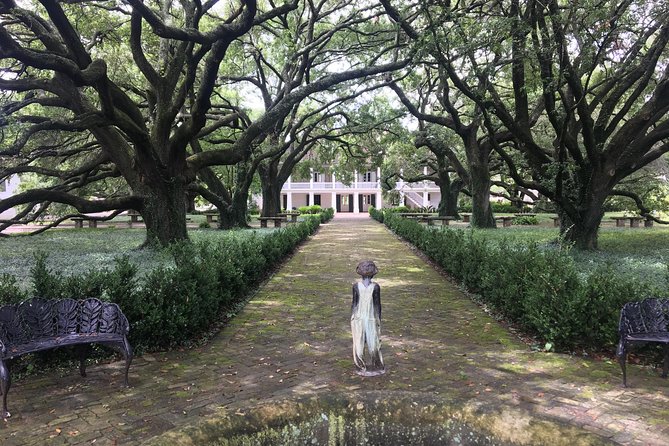
Visiting Oak Alley Plantation transports visitors back in time to the antebellum era. The grand mansion, surrounded by a double row of 300-year-old live oak trees, stands as a monument to the wealth and grandeur of the Creole South.
Guests can explore the lavish interiors, including the opulent parlor and dining room, and learn about the lives of the plantation’s owners and enslaved workers. The tour also includes visits to the historic slave cabins, providing a sobering look at the harsh realities of plantation life.
With its immersive experience, Oak Alley offers a unique window into the complex history of the region.
The Mansion and Gardens
Although the grand mansion and surrounding 300-year-old live oak trees captivate visitors from the moment they arrive, the true charm of Oak Alley lies in the meticulously manicured gardens.
Guests can stroll through the allée of 28 evenly spaced oak trees, leading up to the Greek Revival-style mansion. The formal gardens feature intricate flower beds, reflecting pools, and a quaint wrought-iron gazebo.
Docents provide historical context, explaining how the plantation’s agricultural practices and enslaved labor made the estate’s opulence possible. The grounds offer a peaceful escape, allowing visitors to enjoy the antebellum South’s complex legacy.
Exploring the Slave Cottages
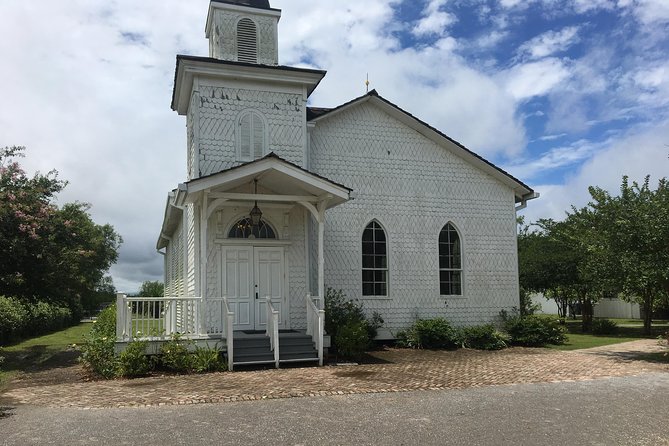
As visitors explore the grounds of Oak Alley, they can’t help but be drawn to the humble slave cottages that stand in stark contrast to the grandeur of the mansion.
These small, one-room structures provide a sobering glimpse into the lives of the enslaved people who toiled on the plantation. The cottages are preserved much as they were, with simple furnishings and basic amenities.
Visitors can imagine the cramped quarters and difficult living conditions endured by the enslaved. The tour guides share the stories of these individuals, honoring their struggles and resilience in the face of such adversity.
Reflections on Creole History
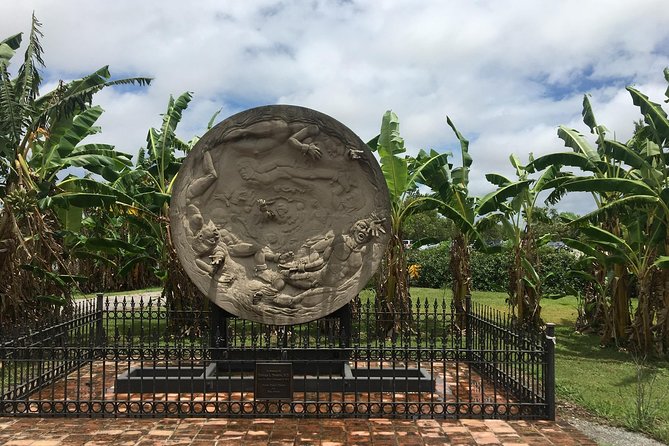
The tour of Oak Alley offers visitors a window into the rich Creole heritage that permeates the antebellum South.
Creole culture, a blend of French, Spanish, African, and Caribbean influences, is evident in the plantation’s elegant Greek Revival architecture and lush, manicured gardens.
The tour guides provide insights into the Creole lifestyle, explaining how the plantation owners navigated the complex social dynamics of the era.
Guests gain a deeper appreciation for the Creole identity and its lasting impact on the region’s history and traditions.
This thoughtful exploration leaves a lasting impression on visitors, fostering a more nuanced understanding of the South’s complex past.
Comparison to the Whitney Plantation
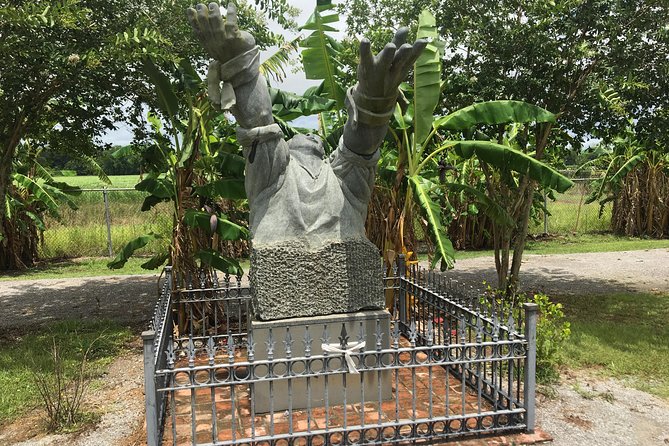
While the Oak Alley tour offers a glimpse into the Creole heritage of the antebellum South, the nearby Whitney Plantation takes a starkly different approach.
Whereas Oak Alley focuses on the mansion and gardens, Whitney Plantation dedicates itself to honoring the lives of the enslaved people who toiled on the land.
The tours provide a stark contrast – Oak Alley presents a more romanticized view of plantation life, while Whitney confronts the harsh realities of slavery.
For those seeking a deeper understanding of the complexities of the antebellum South, the Whitney Plantation tour provides a powerful and sobering counterpoint to the Oak Alley experience.
Practical Considerations
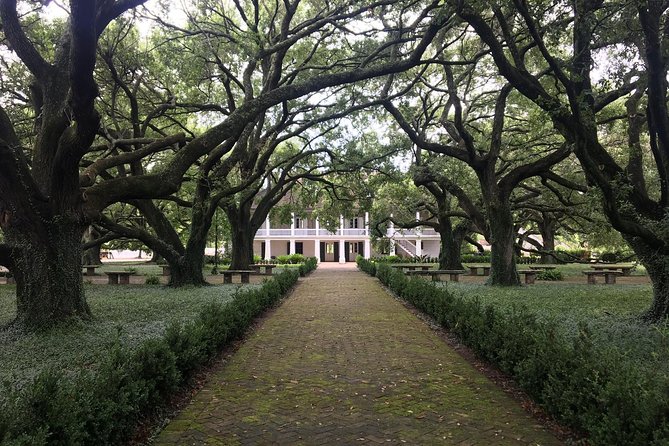
Visitors should note that the Oak Alley tour isn’t wheelchair accessible, though strollers are permitted.
The tour involves some walking and stairs, so participants should wear comfortable shoes.
Photography is allowed, but tripods are prohibited.
While food and drinks aren’t provided, visitors can bring their own snacks and water.
Cell phone usage is limited to designated areas to maintain a respectful atmosphere.
Guests should expect a moderate pace and be prepared for the warm, humid climate.
The Sum Up
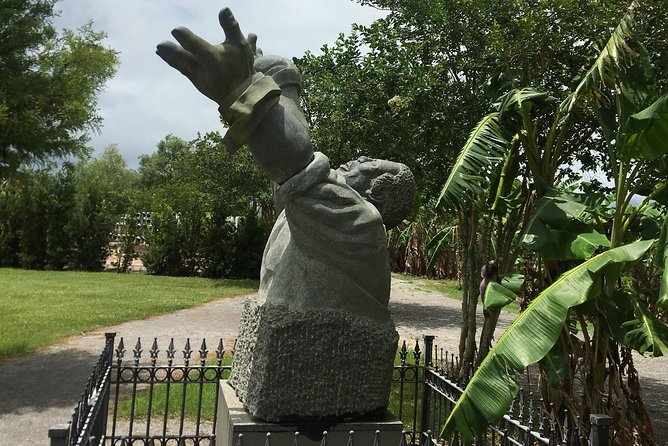
The Oak Alley plantation tour offers a compelling and immersive glimpse into the antebellum South.
The guided tour provides a balanced perspective, thoughtfully exploring the complex history of slavery and plantation life.
Highlights include:
- Exploring the grand antebellum mansion and its beautifully manicured grounds
- Learning about the Creole heritage and architectural significance of the property
- Visiting the preserved slave quarters, fostering deeper understanding of the enslaved people’s experiences
- Engaging with knowledgeable docents who skillfully navigate the nuances of this sensitive history
While not wheelchair accessible, the tour is suitable for most visitors seeking an enriching educational experience.
Frequently Asked Questions
How Long Does the Total Tour Take?
The total tour takes approximately 8 hours. The itinerary includes pickup between 8:30-9:00 AM, visits to two plantations, and return to the pickup location around 4:30-5:00 PM, providing ample time for the docent-led tours and exploration of the plantation sites.
Are There Any Age Restrictions for This Tour?
There are no age restrictions for this tour. Most travelers, regardless of age, can participate in the experience. However, it’s not wheelchair accessible, though strollers are allowed.
Can We Take Photos During the Tour?
Guests are welcome to take photos during the tour, but they should be respectful and not disrupt the experience. Photography is allowed in the plantation grounds and public areas, but may be restricted in certain indoor locations.
Is Food and Water Provided During the Tour?
Yes, the tour includes an air-conditioned vehicle and snacks. Bottled water is also provided, so you don’t need to bring your own food or water during the tour.
Is There an Option to Visit Only One Plantation?
Yes, there’s an option to visit only one plantation. Travelers can choose to tour either Oak Alley or Whitney Plantation individually, rather than the combined two-plantation tour. The tour price and details would differ for a single-plantation experience.
The Sum Up
The Two Plantation Tour offers a compelling contrast between the grandeur of Oak Alley and the blunt realities of slavery at Whitney Plantation. Visitors can enjoy the antebellum South, while also gaining a profound understanding of the complexities and lasting impact of the plantation system. This tour provides a thought-provoking experience that encourages deeper reflection on the region’s history.
More Tours in New Orleans
More Tour Reviews in New Orleans
Not for you? Here's more nearby things to do in New Orleans we have reviewed
- Historical Tour and Musical Show in New Orleans Music Venue
- Handicap New Orleans Airport or Hotel Transfer
- Mystique of the Lower French Quarter
- New Orleans Sunset City and Swamp Tour
- Eternal Echoes: A Cemetery Tour of New Orleans
- New Orleans High Crimes & Apparitions: Immersive True Crime Tour
- Crescent City Chronicles: A Family Discovery Tour
- The Faubourg Tremé Guided Tour in French
- Oak Alley Private Tours
- Haunted French Quarter Audio Tour
- Majestic Oak Alley Plantation Tour
- Hidden Gardens: An Urban Plantation Walking Tour
